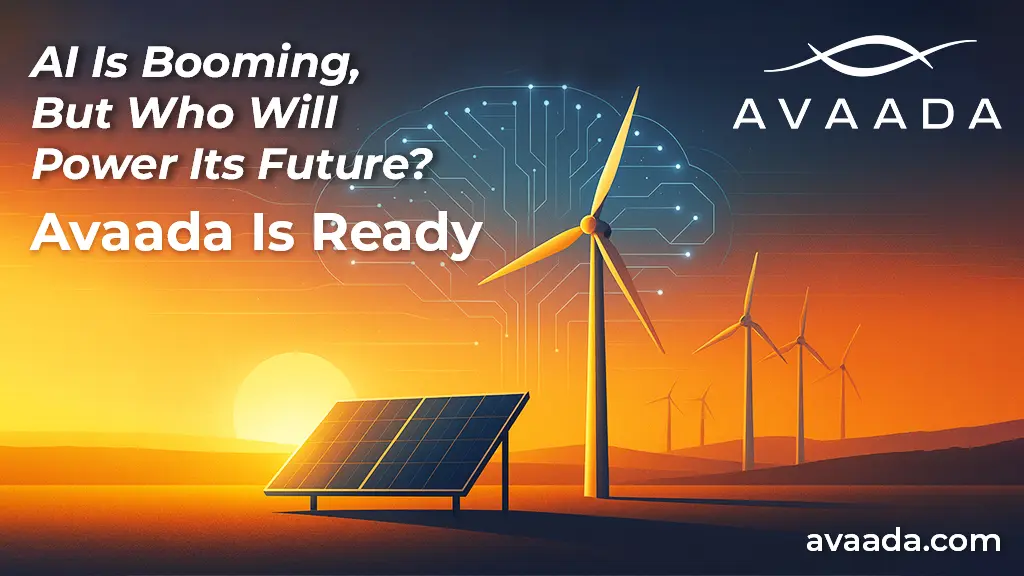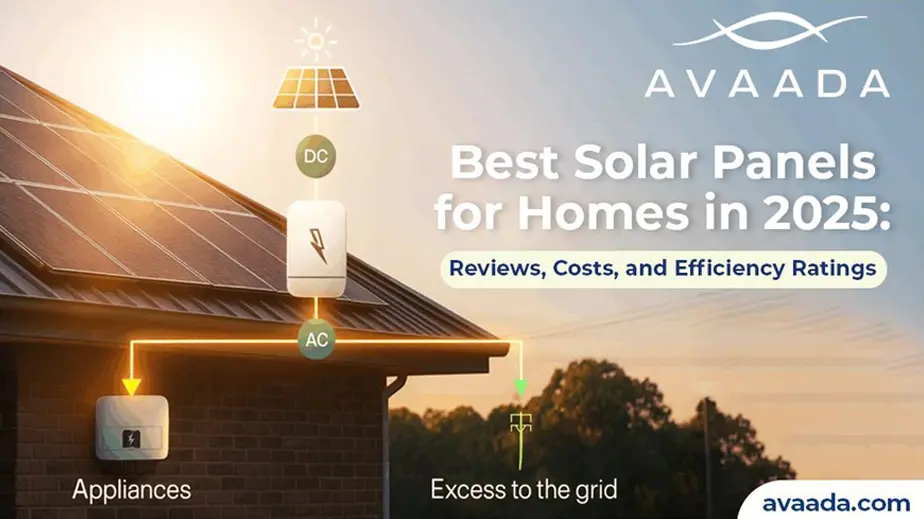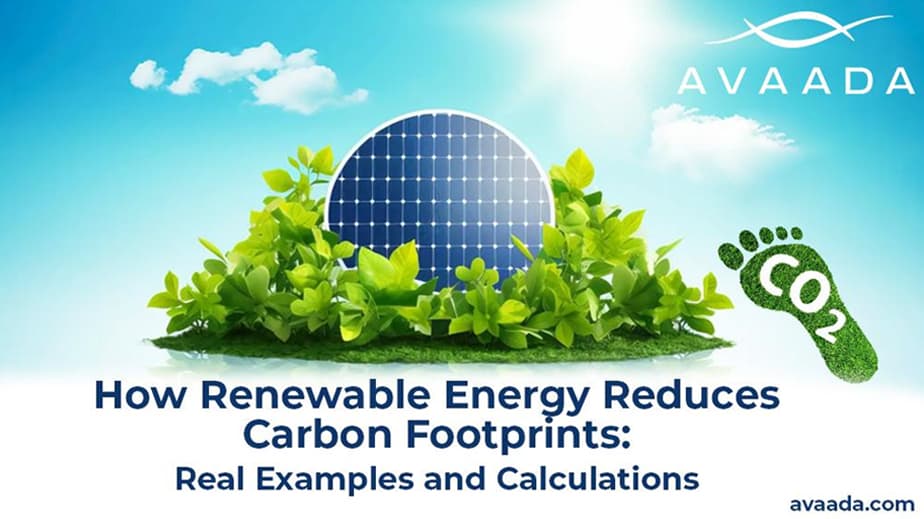India is at a crucial energy crossroads. While economic growth is intensifying and urbanization is spreading, India’s electricity requirement is touching record highs. At the same time, the effects of climate change and heat waves are adding to the pressure on power infrastructure. These double pressures are bringing out in plain sight a stark reality. India’s power grid is facing increased stress, and the way out is by scaling up renewable energy more quickly and efficiently than ever before.
As consumption is planned to double by 2040, the security of India’s grid will not only depend on increased capacity but on cleaner, distributed, and smart energy systems. Here, renewable energy firms such as Avaada are leading the change in how power is produced and transmitted across the nation.
The Alarming Rise in Grid Stress
Recent years have seen repeated occurrences of grid stress in different states. Power deficits during hot summer months, increased electricity tariffs, and emergency imports of coal have been on the rise. The grid is weighed down by:
- Increased peak demand due to increasing temperatures and air conditioning loads
- Old transmission infrastructure
- Reliance on fossil fuels that are subject to fluctuations in the global market
- Lack of energy storage to ensure the demand-supply balance
In May 2025, India experienced a record peak power demand of 250 GW. If not checked in a timely manner, this gap between demand and supply can lead to more power outages, raised power tariffs, and reduced industrial output.
The Role of Renewable Energy in Grid Resilience
India’s energy future needs to be based on sustainability, scalability, and stability. Renewable energy provides the route that meets all three requirements. Solar, wind, and hybrid technologies bring clean power to decentralized locations with less time for deployment compared to conventional coal power.
However, the current pace of renewable energy addition while encouraging is still insufficient to meet rising demand. The government’s goal of achieving 500 GW of non-fossil fuel capacity by 2030 demands more than policy intent; it requires accelerated execution, innovation, and private-sector collaboration.
Leading renewable energy companies like Avaada are actively closing this gap by building high-performance solar and wind projects across the country. Their focus on smart integration, grid connectivity, and storage-backed systems positions them as a key player in India’s transition to a resilient and green power grid.
Explore our blog on “Target 2030: Why Odisha Is Becoming a Hotspot for Solar Investments”
Why Scaling Renewable Energy is Urgent
1 . Mitigating Peak Load Pressures
In contrast to coal facilities, solar and wind power projects can be scaled quickly and installed near points of consumption to mitigate transmission bottlenecks. Rooftops and distributed generation also contribute to alleviating peak loads in urban areas, where demand is greatest.
2 . Lessening Fossil Fuel Dependency
International coal prices have risen steeply, subjecting discoms to costly power purchases. Renewable energy, on the contrary, provides certain pricing over long-term power purchase agreements. Large-scale development of renewables improves energy security and protects the grid from global price shocks.
3 Meeting Climate Commitments
India has pledged to reach net-zero by 2070 and cut emissions intensity by 45% by 2030. Quick deployment of renewable energy is crucial to achieve these targets, particularly since the power sector contributes more than 40% of the nation’s total emissions.
4 . Industrial Growth and Job Creation
Renewable energy is not just an environmental fix, it’s a driver of economic growth. As estimated by the International Renewable Energy Agency (IRENA), India can generate over 3-4 million green jobs by 2030 with investments in solar, wind, and storage infrastructure at an accelerated pace.
Avaada's Scalable Solutions for a Stressed Grid
Avaada stands at the forefront of India’s renewable movement, developing integrated clean energy projects that directly support grid stability. With a robust portfolio spanning utility-scale solar parks, wind farms, and green hydrogen initiatives, the company brings a holistic energy strategy to the table.
What sets Avaada apart is its focus on:
- High-efficiency solar technology that delivers more output per acre
- Battery storage integration to provide reliable, round-the-clock clean power
- Hybrid systems combining solar and wind to mitigate intermittency
- Policy-driven implementation that has ensured adherence to national goals
With the use of smart grid-enabled solutions, Avaada is empowering industries and utilities to transition to decarbonized, distributed, and intelligent energy systems.
The Policy Push Is There, Execution Must Match
India’s policy landscape has been largely conducive to renewable expansion. Initiatives such as:
- Production Linked Incentive (PLI) schemes for solar manufacturing
- Viability Gap Funding (VGF) for battery storage
- Green open access policies for C&I consumers
- Accelerated clearing mechanisms for RE projects
These are key enablers. Challenges in land acquisition, grid connectivity, and disco financial health continue to hinder implementation. Closing this implementation gap will need strong partnerships among state agencies, private developers, and financial institutions.
Renewable energy players with execution track record and financial strength such as Avaada will play a key role in expediting project commissioning and ensuring policy momentum leads to on-ground action.
Learn more about “What the 30 GWh VGF Scheme Means for Battery Storage”
A New Grid Environment: Flexible, Renewable, and Smart
The grid of the future will be dramatically different from today’s centralized, fossil-fuel-based network. It will be:
- Decentralized, with solar rooftops, community grids, and industrial microgrids
- Digitalized, with real-time data utilized to balance loads and predict demand
- Decarbonized, sourcing power mainly from clean sources
To facilitate this transition, renewable energy needs to scale at a pace unprecedented in human history, supported by storage, intelligent controls, and adaptive infrastructure.
Conclusion
Firms such as Avaada are demonstrating that it is possible to balance increasing demand with decreasing emissions, costs, and increased resilience. But the urgency is key. With the right combination of technology, policy, and private sector leadership, India has the potential to create a power system that is not just reliable but future-proof for sustainability.









